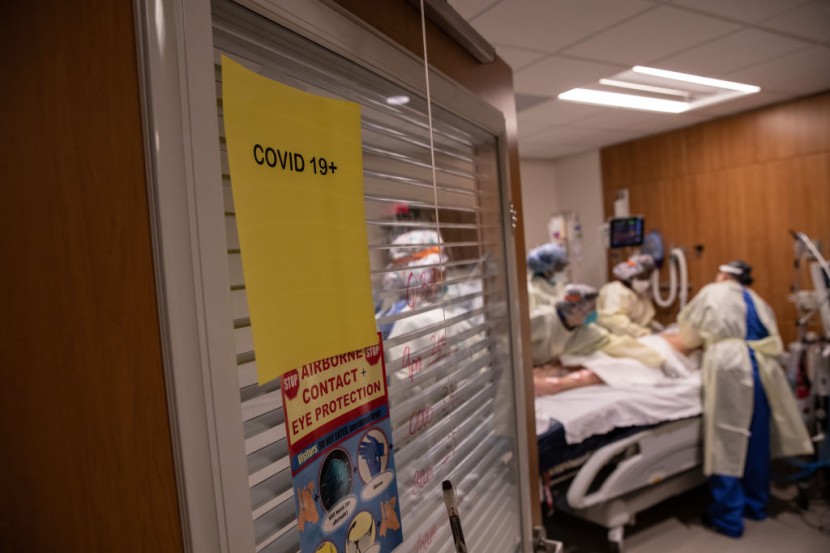
Paranoid hallucinations plague, experienced by patients infected with coronavirus in ICUs, slows down the recovery rate and increases cognitive issues and depression risk.
Kim Victory, a Covid-19 diagnosed patient, was bedridden and being burned alive.
As Ms. Victory is being rescued, she found herself cruise ship buffet transforming into an ice sculpture on a. Next, she became an experiment subject in a laboratory located in Japan. Then, cats started to attack her.
These nightmarish visions have tortured Ms. Victory when she was hospitalized due to severe respiratory failure caused by the new coronavirus. Her nightmares made her so distressed that she once pulled out her ventilator breathing tube; another day, she has fallen from a chair where she landed on the intensive care unit floor.
Ms. Victory, 31 years old who is now back in her home in Franklin, Tenn, said what she saw was so real that it made her so scared, The New York Times reported.
A surprising number of Covid-19 patients have similar experiences as Ms. Victory. Hospital delirium has been commonly observed in a subset of elderly patients, some of whom had dementia, and lately, measures of reducing these cases have been adopted by hospitals.
Dr. E. Wesley Ely, Critical Illness, Brain Dysfunction, and Survivorship Center's co-director at Vanderbilt University and the Nashville Veteran's Administration Hospital who is one of the developers of the guidelines in minimizing delirium for hospitals, articulated that all of those have been removed by the new coronavirus pandemic.
In a report by The Scientist, in the present state, the condition is afflicting Covid-19 diagnosed patients of all age range with no history of cognitive impairment. According to researches and reports from hospitals, about two-thirds to three-quarters of patients infected with the virus who are currently administered in ICUs have experienced it. Some have hypoactive, internalized confusion and vision that gave rise to patients becoming uncommunicative and withdrawn; some patients are diagnosed with hyperactive delirium that causes paranoid agitations and hallucinations; while some of the patients have both.
The experiences due to delirium are not just disorienting and terrifying. Delirium can possibly have dangerous consequences long after it lifts, causing the extension of hospital admissions that slows down the recovery and increases the risk of people developing post-traumatic stress or depression. Researchers have recently found that healthy older patients who are diagnosed with delirium have chances of developing dementia sooner than they would have and can cause their death earlier.
According to Fox News, in a statement, Dr. Lawrence Kaplan, consultation-liaison psychiatry director at the University of California, San Francisco Medical Center, said the risk for both permanent and temporary cognitive impairment has increased. He added that it is more destructive than people think.
During the pandemic, the delirium factors are prevalent. These include heavy sedatives, long stints on ventilators, and poor sleep. Other factors may include immobility of patients, occasionally retraining patients to refrain them from disconnecting tubes accidentally, and have limited social interaction because family members are could not visit and medical health workers wear face-obscuring protective equipment and spend minimal time in the room of the patient due to the risk of catching the virus.
© 2025 HNGN, All rights reserved. Do not reproduce without permission.








